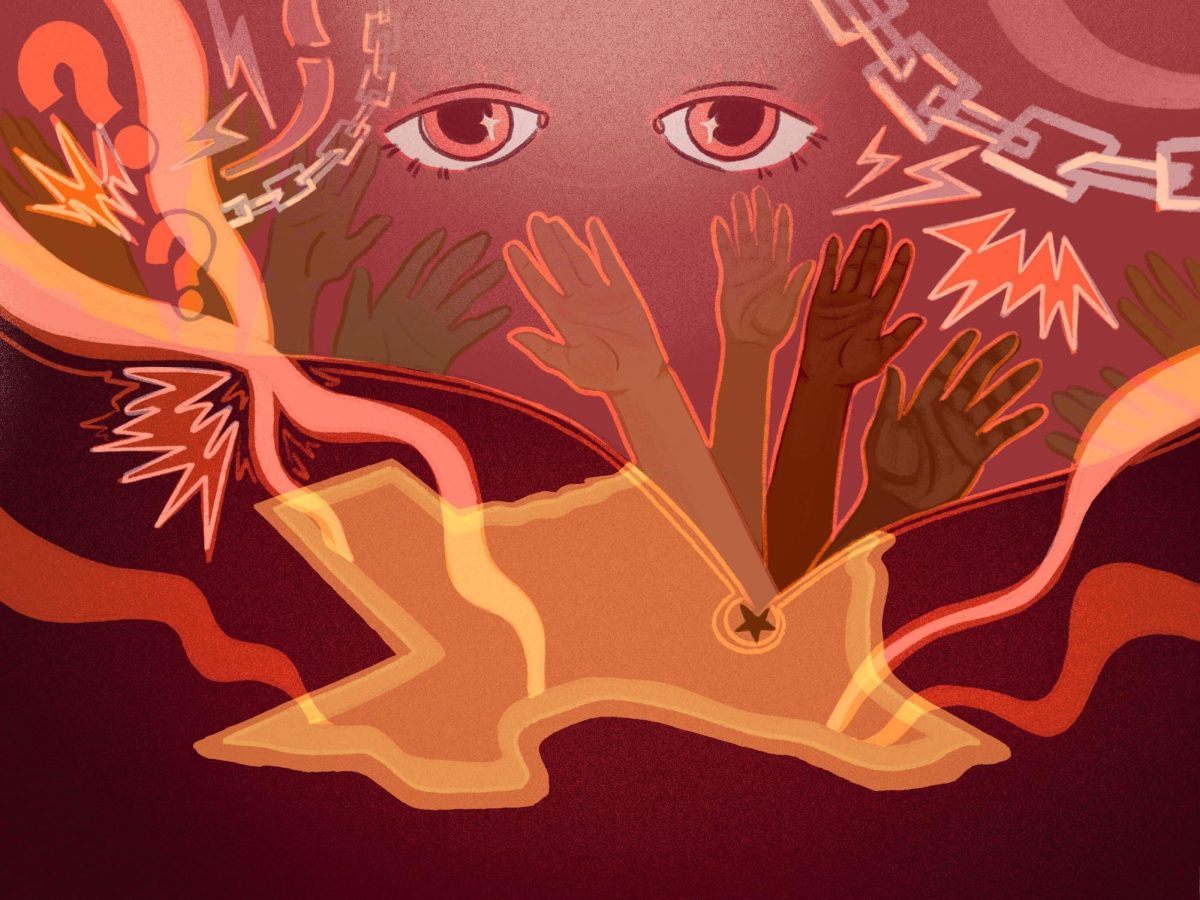The majestic University campus is a source of pride for all Longhorns, from the collegiate Six Pack to the ever-photogenic Tower. What most students fail to notice about our campus, however, is the years of racism ingrained in its landmarks and buildings. From buildings named for a KKK Grand Dragon to the three Confederate flags that fly on the 40 Acres, the “legacy of the Confederacy” can be found throughout campus — but hardly anyone notices.
Edmund Gordon, chair of the Department of African and African Diaspora Studies, hosts a tour of the racial geography and history of the UT campus. During this tour, he educates students about the origins of places on campus such as Littlefield House, the home of George Littlefield, Mississippi slave owner, Confederate major and former UT regent. Littlefield established a “Littlefield Fund for Southern History” to revamp the University’s textbooks in a “confederate perspective,” which glorifies the antebellum South and reduces the evils of slavery. Littlefield donated a great deal to the University, including Littlefield Fountain and a nearby inscription to the men and women of the Confederacy who “gave their possessions” to protect the South.
Other spots on campus are also highlighted, including RLM Hall, named for Robert Lee Moore, a mathematician who refused to let African-American students in his classes, and the former Simkins dormitory, named for William Simkins, Florida KKK Grand Dragon and former UT professor. Simkins had a major role in reinitiating the KKK at UT, and he gave an annual speech to the student body about his appreciation of the KKK. Painter Hall is named for a former UT president who was involved in preventing Heman Sweatt, a black UT School of Law applicant, from attending the law school because of his race.
The tour also highlights some of the UT traditions that have racial undertones. For example, UT’s annual Roundup event used to feature a minstrel show in which students dressed as and imitated African-Americans and Hispanics. During these shows, the UT alma mater “The Eyes of Texas” was performed as a minstrelsy song. The Darrell K Royal-Texas Memorial Stadium is named after the legendary football coach who was also one of the last in the nation to allow black students on his team. His reputation is allegedly one of the reasons that led to his retirement.
Some have called for the removal of many of these landmarks, such as the rows of statues of Confederate soldiers in the Six Pack. They argue that the landmarks besmirch UT’s name and create a hostile environment for many students. Our University has — for the most part — transformed since the time of overt racism, and the landscape does not reflect this.
Others argue the landmarks are a preservation of Southern history and should be preserved. Yet the history and culture these critics are trying to protect is one of deep-seated racial hatred. This argument often masks the racism that comes with Southern history and hence is unfair to the many racially and ethnically diverse students who attend UT.
Though embarrassing, our University’s past must not be forgotten, and thus we must keep our blemishes. Just as our country cannot forget its past of slavery, as a mechanism to ensure this institution and other forms of human rights violations are never carried out again, we have to remember the University’s racist beginnings.
Gordon’s tour is an eye-opening lesson about the racism in our campus’ history, and I suggest that all students attend Gordon’s racial geography and history tour. It could even be included in New Student Orientation. We should also include an introductory race relations and gender course in the required curriculum. This course could highlight the plight of minorities in our country and illustrate the wrongful stereotypes they face as a means to help eliminate racism and discrimination.
We still have a long way to go before the problems of institutionalized and overt racism are widely recognized on our campus. After overhearing students wonder why we have a lounge on campus named after Malcolm X but that we had to rename Simkins Dormitory, I strongly feel the entire student body must be educated about race relations. The landmarks should remain on campus as a lesson to all.
Waliany is a Plan II and government senior.




















